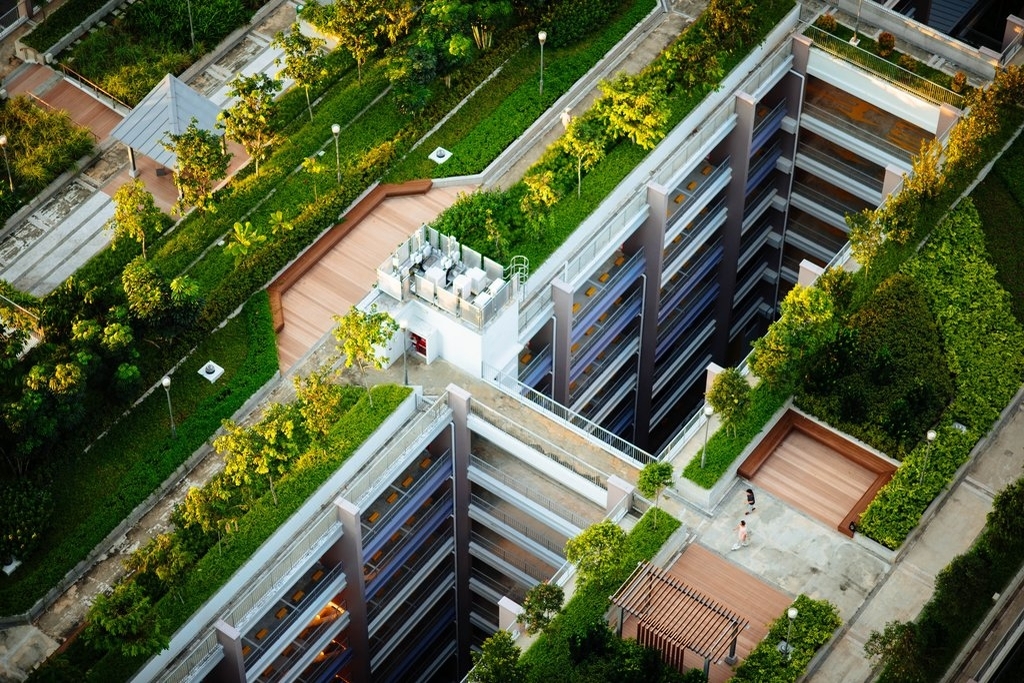Examine This Report on City Blooming
Examine This Report on City Blooming
Blog Article
The City Blooming PDFs
Table of ContentsThe Ultimate Guide To City Blooming10 Simple Techniques For City BloomingThe Facts About City Blooming RevealedA Biased View of City BloomingCity Blooming Can Be Fun For Everyone
Interested in expanding food for sale in the City of Chicago? Considering starting a neighborhood yard? Modifications to the Chicago Zoning Regulation allow farming usages like neighborhood gardens and urban farms in many parts of the city. Below is a list of often asked inquiries pertaining to the regulations and guidelines that growers need to consider when intending an urban agriculture project.
The zoning amendment does not modify any type of various other codes handling composting, structure permits, acquiring or leasing City had residential or commercial property, company licenses or ecological contamination. There are existing codes that manage these problems and they stay completely effect and might apply to your job. Neighborhood gardens are commonly had or handled by public entities, civic organizations or community-based organizations and kept by volunteers.
Urban farms expand food that is meant to be offered, either on a nonprofit or for-profit basis. Due to their business purpose, city ranches need a service permit. Yes. A community yard is allowed to market surplus create that was expanded on site if the sales are accessory or subordinate to the garden's primary purpose explained above.
Getting The City Blooming To Work
Composting is enabled yet just for plant material that is created and utilized on website. The amount of garden compost material can not exceed 25 cubic lawns at any kind of provided time according to the requirements in 7-28-715 of the City's Municipal Code. Yes. Because the dirt at many brand-new garden websites needs changing, garden compost, dirt, wood chips, or other products can be acquired to construct or enhance the expanding room - eco-friendly practices.

If a structure permit is required after that the hoophouse will certainly be thought about an accessory structure. You can discover more concerning the building authorization needs by getting in touch with the Division of Buildings. The 25,000-square-foot size limit is meant to stop a solitary community yard from controling a provided block or interfering with the block's existing domestic or business personality.
The limitation does not relate to gardens located in Public Open Space (POS) districts. Can there be greater than one area garden that is 25,000 square feet on a single block? Yes. The dimension limit uses to private gardens, not to private blocks. No. Secure fencing is not required, however, gardens that have huge vehicle parking locations might be required to install secure fencing or various other landscaping functions.
Not known Incorrect Statements About City Blooming
B1 & B2 districts call for that all commercial usage tasks be carried out indoors. R areas limit industrial activity. The policies reflect the purpose and intent of the Zoning Code. Is fence required for urban ranches? Yes. Fences may be needed, together with landscaping and testing, for particular car parking locations and outdoor work or storage areas relying on area and the specific task happening.
Urban ranches need structure licenses and zoning authorizations prior to construction (landscaping). Various other kinds of city review may be required depending on details structures, activities, dimension, landscape design, licensing, public health and stormwater administration problems.
The Division of Service Matters and Consumer Security can aid establish the particular kind of organization permit that's required. Off street car park is needed for most business jobs in Chicago. The required number of parking spaces is based on the number of workers functioning on site and not the square footage of the growing space.
All about City Blooming

Yes. A city farm can offer compost product produced on site, nonetheless, the procedure must conform with the regulations in 7-28-715 of the Chicago Municipal Code. Yes. Aquaponic systems are permitted inside your home on city ranches in several zoning districts. Nonetheless, a zoning testimonial and structure authorization is called for in order to set up frameworks or systems and an organization license is called for as described above.
As much as five hives or colonies of honey might be kept as an accessory usage. However, beekeepers his explanation have to sign up with the Illinois Department of Agriculture. To learn more about the proposed zoning amendment you might speak to the Department of Real Estate and Economic Growth, Bureau of Planning and Zoning at 312.744.8563.
, which takes place in rural locations at the edge of suburbs.
Some Ideas on City Blooming You Should Know
It can involve a movement of organic growers, "foodies" and "locavores", who look for to create socials media founded on a common values of nature and community holism. These networks can develop using formal institutional assistance, coming to be incorporated into neighborhood town as a "transition town" activity for sustainable city development.
The more straight accessibility to fresh vegetable, fruit, and meat products that might be understood through metropolitan agriculture can enhance food security and food security while reducing food miles, bring about lower greenhouse gas exhausts, consequently contributing to environment change mitigation. Several of the very first evidence of city farming comes from Mesopotamia.
Report this page